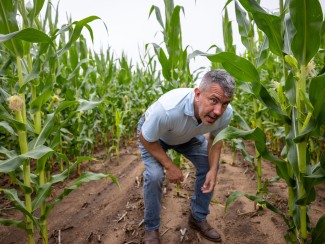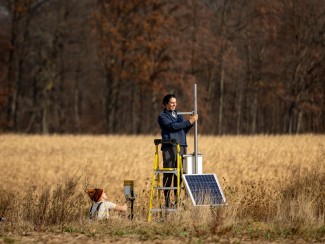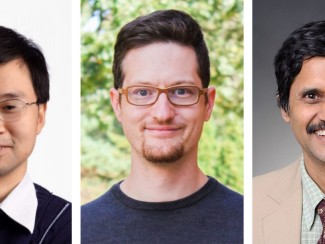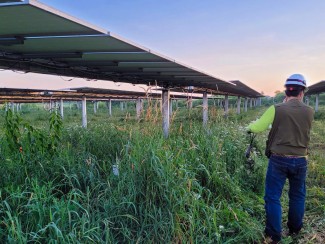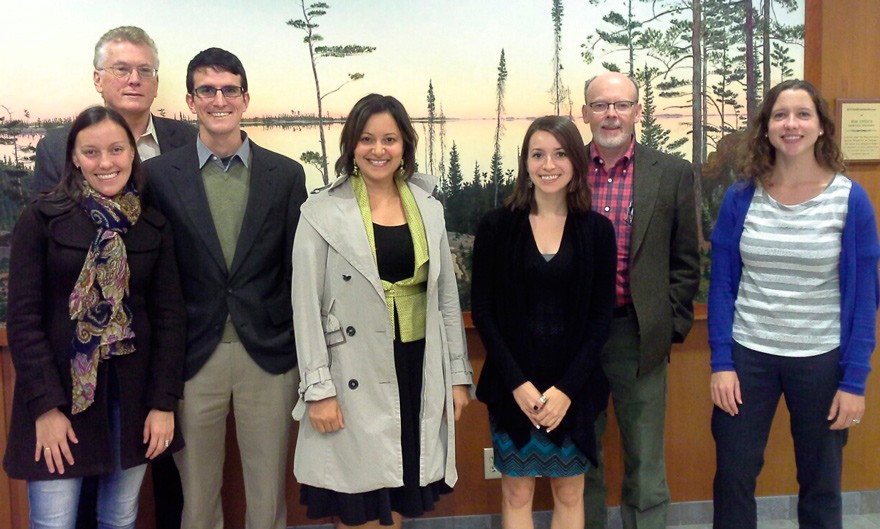
Any effort to become more energy-efficient begins with assessing the baseline: the current carbon footprint of a home, building, or entire company.
But that can be a pretty daunting task. So when Ron Meissen, Senior Director of Sustainability for Baxter Healthcare, heard that his Colombian colleagues wanted to reduce their company’s carbon footprint, he knew it would make a perfect graduate student project.
Meissen already worked for Baxter, a U.S.-headquartered multinational corporation with a strong Latin American presence, when he returned to the University of Wisconsin–Madison in 2000 to pursue a Ph.D. with an Energy Analysis and Policy (EAP) certificate from the Nelson Institute for Environmental Studies.
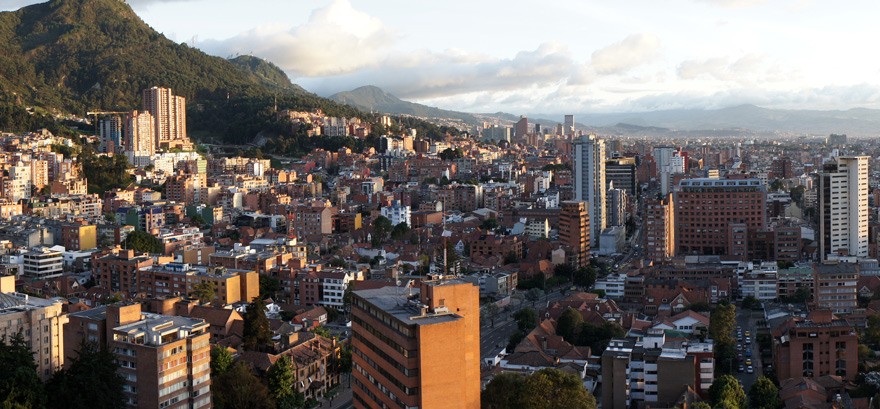
In fall 2014, seven years after earning his own degree, Meissen connected a new generation of EAP graduate students—Najoua Jouini, Allie Cardiel, and Eric O’Shaughnessy—with Baxter’s Colombia site, which specializes in renal therapy services.
“The analysis tools for estimating a company’s carbon footprint are not new,” says Jouini, “but they have to be tailored to the specific business infrastructure, and the results have to be translated into feasible carbon reduction strategies.”
Each year, Baxter’s 53 Colombian clinics deliver over two million therapies for more than 10,000 patients with chronic kidney disease. Dialysis service, which flushes waste from blood, is water- and energy-intensive, consuming about 360 liters (95 gallons) and up to 7.4 kWh of electricity per therapy.

Under the supervision of engineering professor Patrick Eagan, the UW–Madison students started their capstone project by collecting lots of data.
“We looked at the energy and water consumption of all 53 clinics, using utility bills and water meters the company had already installed. We also estimated the energy consumption of the machines that patients use in their homes,” Jouini says.
Additional input parameters for the energy analysis tool included national weather data, to model regional differences in heating and cooling needs; population densities and transportation infrastructure in each clinic’s service area, to estimate emissions from patient travel and employee commuting; and the typical routes by which supplies are transported from the manufacturing site to all clinics.
“We recommended two different carbon reduction strategies to Baxter,” Jouini explains. “One helps decrease the per-therapy carbon footprint; the other targets the emission baseline of those clinics that our analysis identified as least energy-efficient.”
The per-therapy energy consumption could be reduced by low-carbon modes of transportation, more efficient dialysis machines, or improved clinical waste disposal methods. To decrease the carbon footprint of a high-priority clinic, Baxter could install more efficient lighting, air conditioning, computer or television systems, or improve the building insulation.
Electricity accounted for only 17% of Baxter’s carbon footprint. “That’s because 70% of Colombia’s electricity is generated by hydropower, a low-carbon source,” Eagan explains.
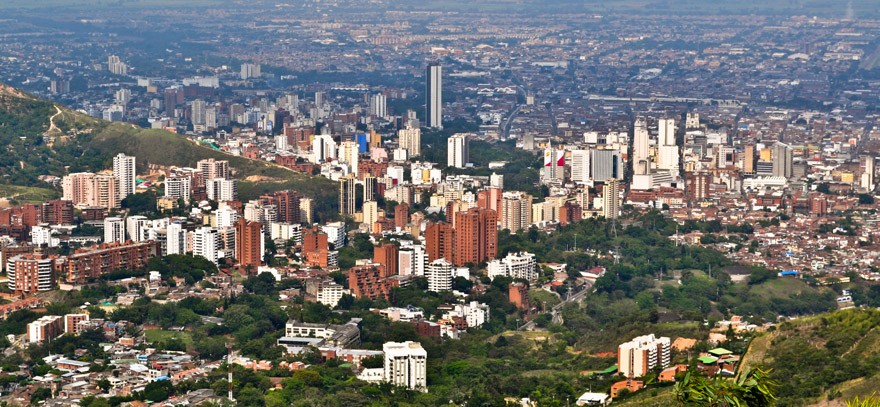
In the U.S., a renal therapy clinic would likely have a much larger electricity-related carbon footprint because, on average, 39% of our electricity comes from coal-fired power plants and 28% from natural gas.
Jouini will develop more comprehensive sustainability assessment methods for Baxter as part of her dissertation. But the capstone project has already paid off for the company.
“Baxter is very interested in our results,” Eagan says. “We were fortunate with the timing of the project: these kinds of opportunities for students to make a real difference don’t come up very often.”
See "UW-Madison Students Estimate Cost of Wisconsin's Clean Drinking Water" and "UW-Madison Students Help the City Cut Carbon Emissions" for coverage of two more projects conducted by UW–Madison students enrolled in the Energy Analysis and Policy (EAP) program.


